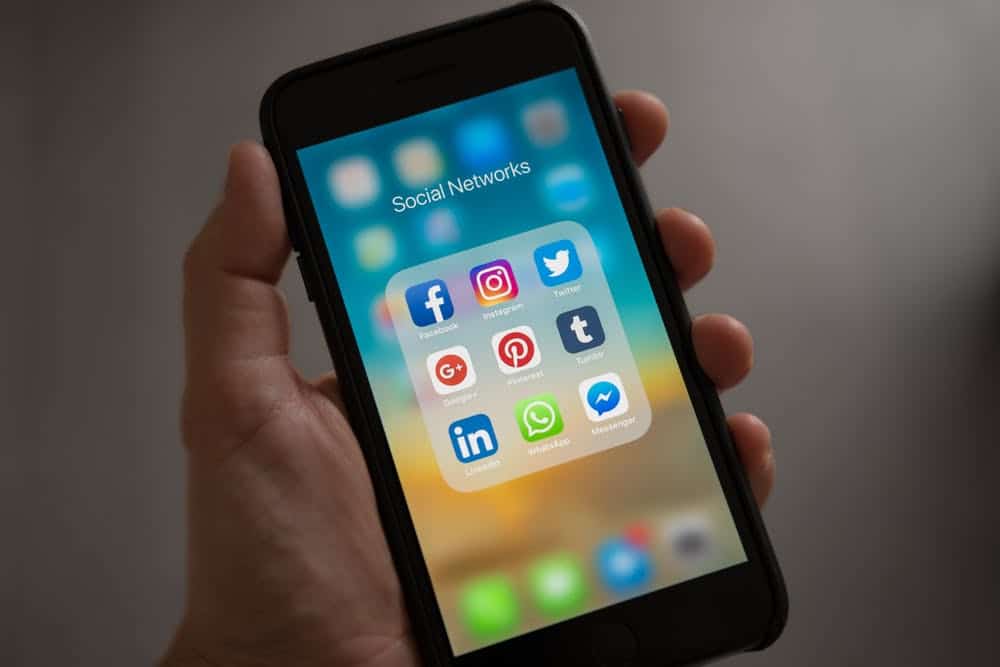
18 May What Are the Cell Phone Policies for Students in US Schools?
MedicalResearch.com Interview with:

Dr. Tandon
Pooja S. Tandon, MD, MPH
Center for Child Health, Behavior and Development
Seattle Children’s Research Institute
MedicalResearch.com: What is the background for this study?
Response: Cell phone use is common among middle and high school students, yet we do not have an understanding of school cell phone policies and practices in the U.S. We conducted a survey of public schools serving grades 6-12. The survey sent to over 1,100 school principals, representing a national sample of schools across the U.S., asked questions about the presence of a cell phone policy for students and staff and restrictions on phone use. Additional questions addressed consequences of policy violation, the use of cell phones for curricular activities and principals’ attitudes toward cell phone policies.
MedicalResearch.com: What are the main findings?
Response: The results of the survey offer the first national snapshot of school cell phone policies. Of the 210 schools responding to the survey, 97% of middle schools and 91% of high schools reported having a cell phone policy for students. A notable percentage – 33% of middle schools and 69% of high schools – did not restrict phone use during lunch or recess.
MedicalResearch.com: What should readers take away from your report?
Response: Schools have a unique opportunity to create predictable screen-free time for children. Limiting phone use during the entire school day could significantly decrease their screen exposure.
Such an approach could lead to benefits in the classroom like improved focus and ability to learn. From a social standpoint, limiting phone use during lunch may promote more interaction between students and for children who have recess, increase physically active play.
MedicalResearch.com: What recommendations do you have for future research as a result of this study?
Response: Our study lays the foundation for future research in this understudied area to help guide recommendations for screen time in schools. Just as schools are critical to helping children and teens meet guidelines for optimal physical activity and nutrition, they should support recommendations on screen time and media use. It will be important to understand the consequences of phone access during various parts of the school day on students’ health and learning.
MedicalResearch.com: Is there anything else you would like to add? Any disclosures?
Response: While an overwhelming 90% of principals responding to the survey agreed that cell phone use policies should exist at both middle and high schools, I recognize that restricting cell phone use during the school day requires tradeoffs for schools and parents.
We know that a lot of teachers use phones as part of their lessons, so it would be important to understand their attitudes toward student cell phone use too. Getting the support of the parent community can’t be assumed either. Many parents want to be able to reach their children at school on their cell phones.
One argument I often hear from parents about limiting technology use and screen time in general is that children need to learn how to moderate consumption since screens and digital media are ubiquitous. I acknowledge that we need to teach our children to be responsible digital citizens and that teaching them to be responsible users may not be accomplished by blocking technology completely.
In any case, given the potential consequences for learning, social interactions, and health, it’s helpful for families to have some parameters around cell phone use. Regardless of their child’s school’s policy, parents can play an important role in supporting limited cell phone use during the school day.
The authors have no disclosures.
Citation:
Tandon PS, Zhou C, Hogan CM, Christakis DA. Cell Phone Use Policies in US Middle and High Schools. JAMA Netw Open. 2020;3(5):e205183. doi:10.1001/jamanetworkopen.2020.5183
https://jamanetwork.com/journals/jamanetworkopen/fullarticle/2765995?resultClick=1
The information on MedicalResearch.com is provided for educational purposes only, and is in no way intended to diagnose, cure, or treat any medical or other condition. Always seek the advice of your physician or other qualified health and ask your doctor any questions you may have regarding a medical condition. In addition to all other limitations and disclaimers in this agreement, service provider and its third party providers disclaim any liability or loss in connection with the content provided on this website.
Last Updated on May 18, 2020 by Marie Benz MD FAAD
